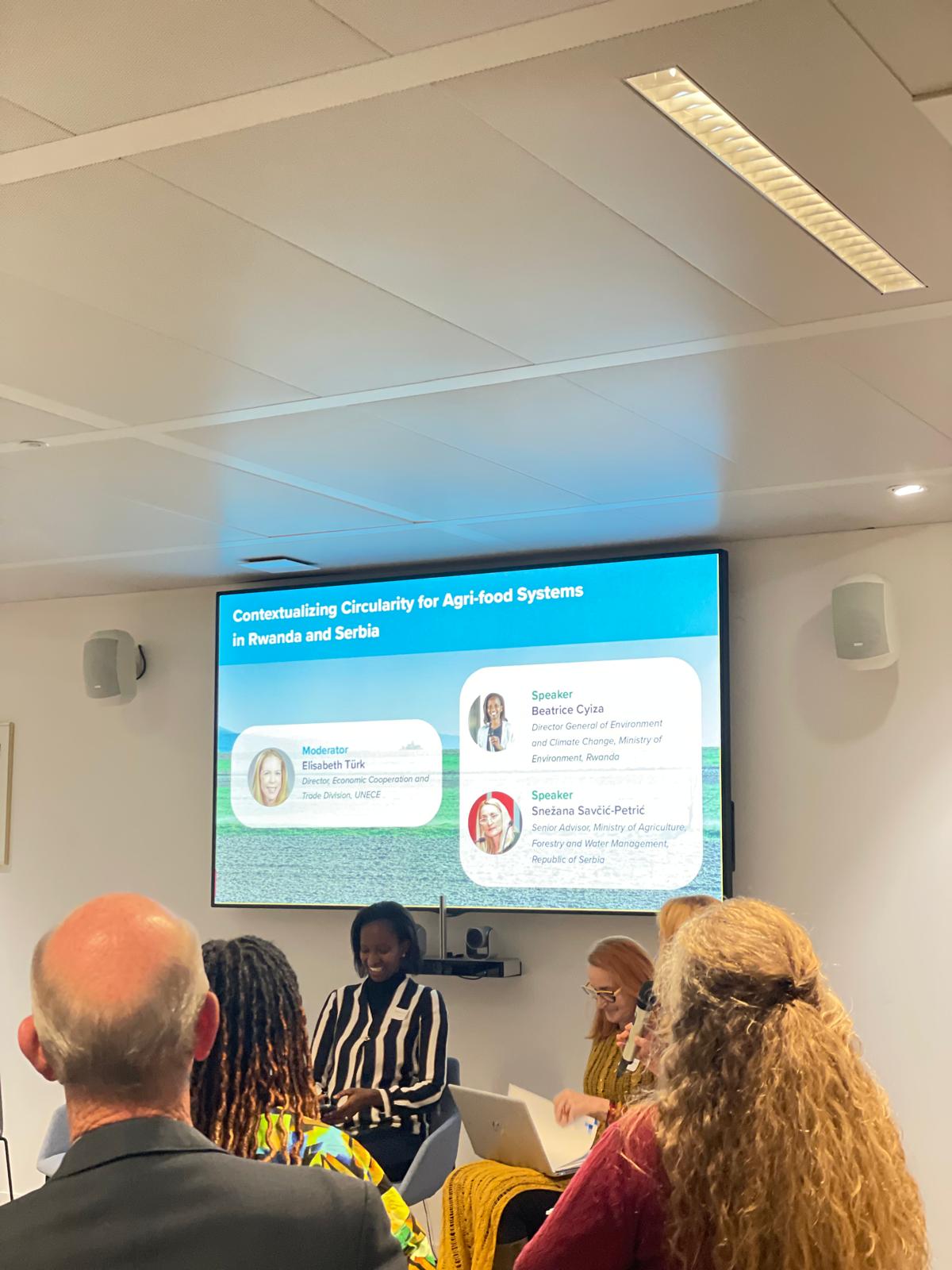
In the afternoon of April 18th, amidst the esteemed halls of the UN House in Brussels, a captivating session titled “Circular food systems: enabling policies and business cases” unfolded, delving into the critical interplay between policy frameworks and successful business models in fostering circular agri-food systems. This enlightening event scrutinized examples from Rwanda and Serbia, drawing out transferable insights and contextual nuances.
The session aimed to illuminate innovations and best practices from both nations, fostering discussions on shared experiences, lessons learned, and strategies for replication and scaling up. Policymakers, leading experts, and small to medium-sized enterprises (SMEs) converged to offer their perspectives and strategies for success.
A significant highlight of the roundtable discussion was an exploration of the potentials of hydroponic systems in enhancing the circularity of food systems in both urban and rural contexts. Experts shed light on how this innovative agricultural technique could revolutionize food production, minimize waste, and maximize resource utilization, thereby contributing to the broader transition towards circularity.
The session offered invaluable insights into advancing circular agri-food systems and shaping a more sustainable future for all.
“Hydroponic systems represented a promising avenue for boosting the circularity of food systems in both urban and rural landscapes,” noted Alessandro Tiraborelli, Junior Policy Researcher at SITES. “By harnessing this innovative technology, we can optimize resource use, minimize waste, and enhance food security in a sustainable manner.”
Furthermore, Circular Food Systems for Rwanda stood as a testament to collaborative efforts, uniting regional and global organizations to ensure the program’s success. This partnership leveraged the highest level of expertise and support, underscoring a shared commitment to advancing circular agri-food systems.





